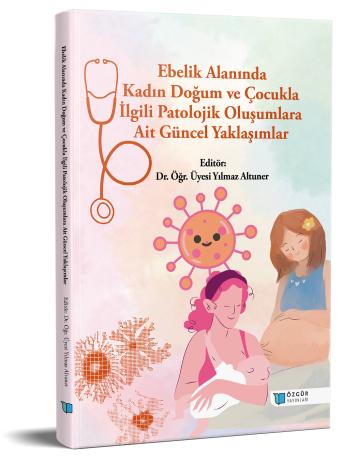
Determining the Mode of Delivery in Pregnant Women: Current Approaches to Vaginal Birth After Cesarean (VBAC)
Chapter from the book:
Altuner,
Y.
(ed.)
2025.
Current Approaches to Pathological Formations Related to Obstetrics and Child in The Field of Midwifery.
Synopsis
Since the existence of humankind, childbirth has been a challenging yet natural process and one of the most unforgettable and profound experiences in a woman’s life. One of the most critical factors in ensuring that this process proceeds and concludes without negatively impacting health is the mode of delivery. While cesarean section can be life-saving for the mother and baby in medically necessary situations, it is associated with higher rates of maternal mortality and morbidity when compared to vaginal birth. Although cesarean delivery has certain benefits for both mother and newborn, it also carries various risks. These include the experience of a surgical procedure, delayed initiation of oral feeding, postponed mobilization, prolonged postpartum recovery, increased risk of infection, maternal death, delayed mother-infant bonding, delayed onset of breastfeeding, extended hospital stay, and high treatment costs.

